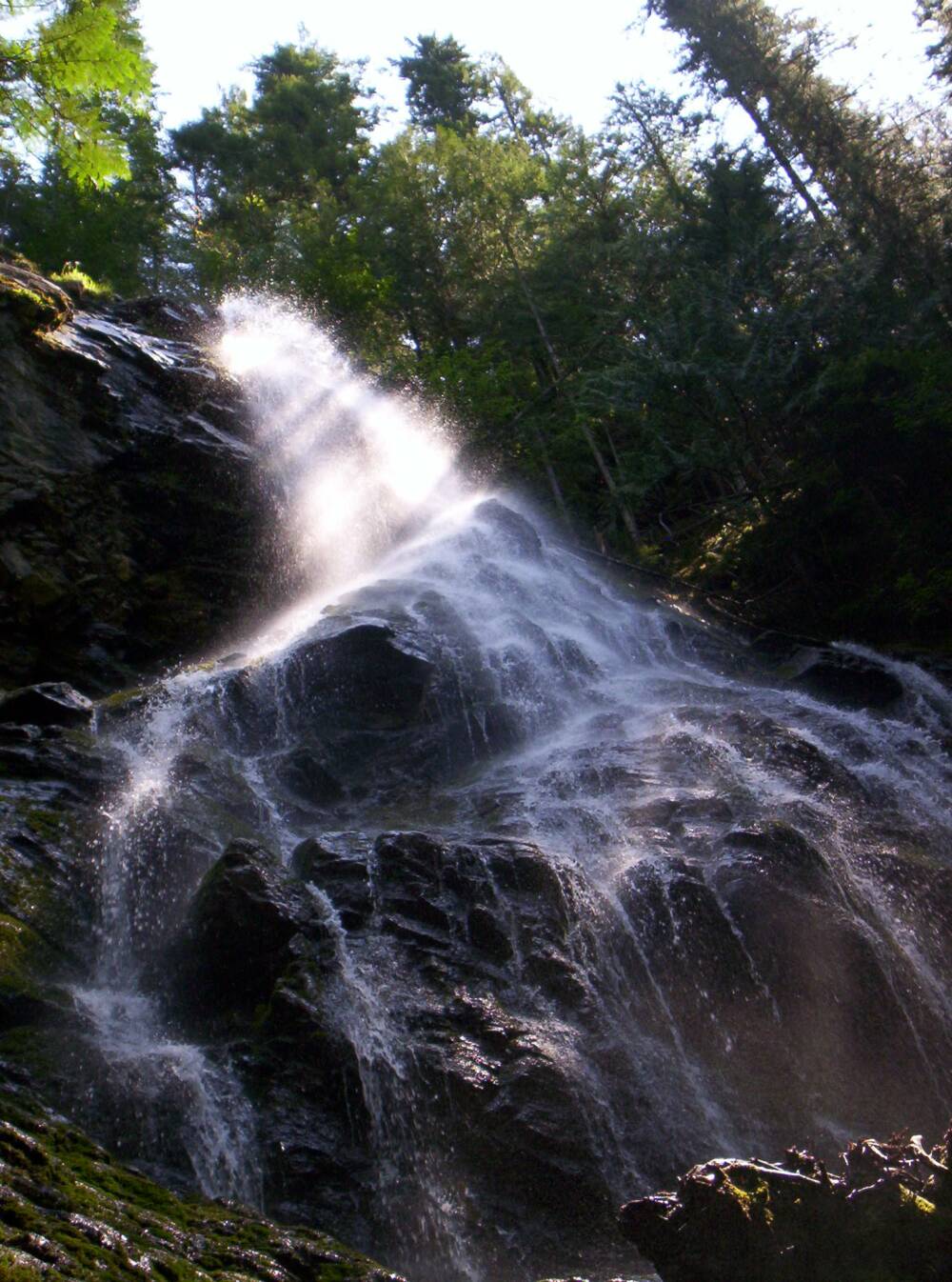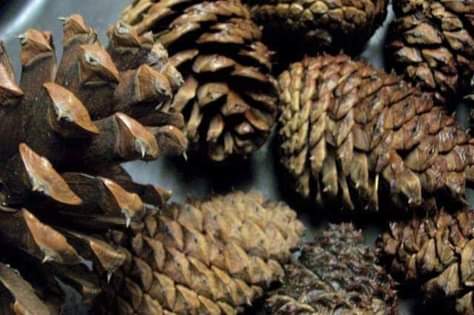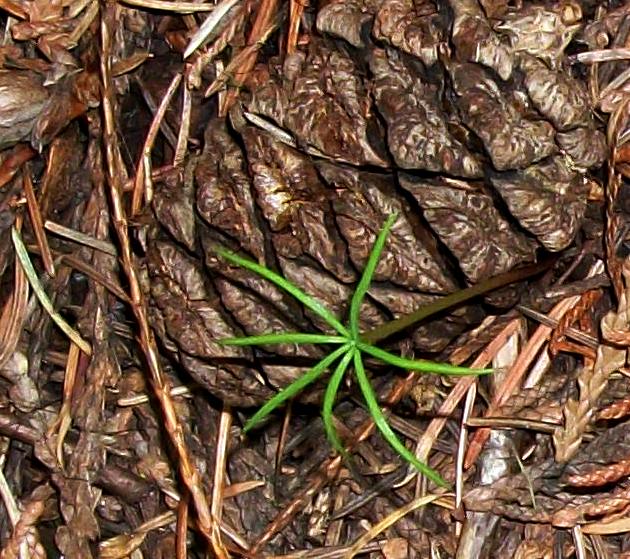Rewild
Nature
One Small Space
at a Time
Mother Tree Hub
feature
As you improve your skills at picking up feelings from plants and trees you will discover that plant energies within ecosystems gather into energy guilds. Often these guilds are strongest around Mother Trees. Like all plants, trees provide energy emissions, which also carry communication between themselves and others.
We really have a lot to learn about how everything works – and how everything is connected. Join us for a presentation about the importance of Mother Trees.
Library 5 – General Research
Current studies, articles and publications linked to biodiversity conservation and stewardship.
Science Alliance for Forestry Transformation
Science Alliance for Forestry Transformation (SAFT) is a volunteer driven organization has posted some recent film vignettes as follows:
Dr. Karen Price is a leading independent ecologist and has worked on old growth and land-use policy in B.C. for the past 25 years, working to bring science and transparency into decisions that impact the forest landscapes. Price, along with her colleagues Dr. Rachel Holt and Dave Daust, published a report: "Conflicting portrayals of remaining old growth: the British Columbia case" earlier this year, calling for immediate action to protect the last of B.C.’s ancient forests before it’s too late.
Read the full report here:
And why 14 recommendations from the Gorley/ Merkel report should be implemented: https://bit.ly/2XHAO9y
Ben Parfitt is a Resource Policy Analyst with the Canadian Center for Policy Alternatives and author of Managing BC’s Forests for a Cooler Planet. In Collaboration with the Canadian Centre for Policy Alternatives, a featured clip of Ben Parfitt that exposes the grade 4 log credit program.
https://www.youtube.com/watch?v=sqSztIjFLJ4
A call for canopy retention forestry by Dr. Dave Coates. Dave Coates is a retired silviculture researcher with the BC Forest Service for over 30 years and was instrumental in developing the Date Creek Silviculture Systems Project in the Kispiox Valley. Dave's research explored different methods of tree harvesting to observe regeneration patters as alternatives to clearcutting.
Learn more about the Date Creek project here:
Forestry Report Video - Dr. Jim Pojar’s forest carbon insight produced by SkeenaWild Conservation Trust.
A Scientist’s Challenge:
Old Growth Complexity in a Sound Bite
Dr. Karen Price is an independent scientist and recent member of the old growth technical advisory panel for B.C.’s ministry of forests. B.C.’s massive old-growth forests, along with primary forests worldwide, are vanishing. Anyone who looks down from a plane, or onto Google Earth, can see the swaths of young harvested forest. More broadly, we’re living amidst biodiversity and climate crises – moose are starving, caribou populations are disappearing, salmon runs are shadows of their former glory. Insect populations have crashed and songbirds have declined by the millions.
Whole ecosystems, including the inland temperate rainforest and coastal Douglas-fir forests, are endangered. We all know somebody who has been affected by wildfire, flooding and/or drought. These things are linked. Conserving B.C.’s remaining highly productive old-growth forests can help mitigate both crises: productive old forests store immense amounts of carbon, ameliorate drought and flooding, pose less wildfire risk than managed plantations, and provide a home for a diverse array of species that interact, communicate and share resources.
How trees talk to each other
"A forest is much more than what you see," says ecologist Suzanne Simard. Her 30 years of research in Canadian forests have led to an astounding discovery -- trees talk, often and over vast distances. Learn more about the harmonious yet complicated social lives of trees and prepare to see the natural world with new eyes.
This talk was presented at an official TED conference.
Two decades of variable retention in British Columbia: A review of its implementation and effectiveness for biodiversity conservation
Stand-level retention is an important component of sustainable forest management which aims to balance ecological, social and economic objectives. Long-term retention of mature forest structures at the time of harvesting (variable retention) is intended to produce future forest stands that more closely resemble conditions that develop after natural disturbances, thereby maintaining greater diversity of habitats for a variety of organisms. Structure includes features such as live and dead trees representing multiple canopy layers, undisturbed understory vegetation and coarse woody debris.
Over the past two decades, variable retention has become common on forest lands in the temperate rainforests of coastal British Columbia (BC) and has been applied to a lesser extent in inland forest types.
Our review of studies in BC and in similar forest types in our region indicates that both aggregated and dispersed retention can contribute to biodiversity conservation by providing short-term ‘life-boating’ habitat for some species and by enhancing the structural characteristics of future stands. For example, greater abundance of species present in the pre-harvest forest have been documented for vegetation, birds, carabid beetles, gastropods, ectomycorrhizal fungi and soil fauna in retention cutblocks compared to clearcuts. There are, however, some negative consequences for timber production such as wind damage to retained trees and reduced growth rates of tree regeneration compared to clearcuts. The authors suggest an adaptive management approach for balancing competing objectives when faced with uncertainty. This includes monitoring the implementation and effectiveness of various strategies for achieving goals.
Over two decades of experience applying variable retention harvesting to industrial-scale management of forest lands in BC suggests that it is possible to balance production of wood with biodiversity conservation.
Read this entire report:
Protecting biodiversity in British Columbia: Recommendations for developing species at risk legislation
British Columbia has the greatest biological diversity of any province or territory in Canada. Yet increasing numbers of species in British Columbia are threatened with extinction. The current patchwork of provincial laws and regulations has not effectively prevented species declines. Recently, the Provincial Government has committed to enacting an endangered species law.
Drawing upon our scientific and legal expertise, we offer recommendations for key features of endangered species legislation that build upon strengths and avoid weaknesses observed elsewhere. We recommend striking an independent Oversight Committee to provide recommendations about listing species, organize Recovery Teams, and monitor the efficacy of actions taken. Recovery Teams would evaluate and prioritize potential actions for individual species or groups of species that face common threats or live in a common area, based on best available evidence (including natural and social science and Indigenous Knowledge).
Our recommendations focus on implementing an adaptive approach, with ongoing and transparent monitoring and reporting, to reduce delays between determining when a species is at risk and taking effective actions to save it. We urge lawmakers to include this strong evidentiary basis for species recovery as they tackle the scientific and socioeconomic challenges of building an effective Species at Risk Act
Read this entire report:
The Biodiversity Conservation Strategy
for the Okanagan Region
The Biodiversity Conservation Strategy for the Okanagan Region is a holistic approach, providing analyses, key findings and future strategic directions that incorporate all three regional districts and their member municipalities. Additional companion documents that support the Biodiversity Conservation Strategy for the Okanagan Region have been developed. These documents include the guide Designing and Implementing Ecosystem Connectivity in the Okanagan and Case Studies from the North and Central Okanagan that support the Biodiversity Conservation Strategy for the Okanagan Region .
The guidance document on ecosystem connectivity is a tool to assist local and senior governments and land managers to support biodiversity conservation by retaining and restoring ecosystem connectivity. The case studies illustrate how the analysis data can be used in land use planning and show examples of other projects and initiatives that support the strategic directions identified in this Strategy.
The Mother Tree Hub assists individuals with their efforts to dwell closer to nature and to develop enterprise that both rewilds nature and delivers ongoing regenerative stewardship.
The incubator interacts with the Wildcraft Forest School and Extension Services and contains both a residency program and an online program. Both programs seek to develop leadership within individuals and encourages small footprint lifestyle options while creating forms of social enterprise that links nature with agriculture, medicine and services which support a living Sanctuary Forest.
I
f you believe that you might benefit from the Mother Tree Hub and you are willing to expand your relationship with nature please contact us and we will set up a live conference call with you.
Contact our office by email at the Sanctuary Forest Network: services(at)sanctuaryforestnetwork.com
Or you can call the Wildcraft Forest on our direct line at:
250.547.2001
THE MOTHER TREE HUB - LIBRARY5
The Mother Tree Hub
An information portal produced by the Wildcraft Forest Foundation with support from the Regional District of the North Okanagan Conservation Fund; the David Suzuki Foundation and other community supporters.
The Wildcraft Forest Foundation offers skills, insights and
inspiration for creating good stewardship and positive change.
Located at the Wildcraft Forest
1981 Highway 6 Lumby, British Columbia
Discovery Centre – 250.547.2001 Email: services@sanctuaryforestnetwork.com
Main Website: www.wildcraftforest.com
Extension Services: www.wildcraftforestschool.com
Resource Centre: www.mothertreehub.com
This website and all material is copyrighted by the Wildcraft Forest Foundation
www.mothertreehub.com


